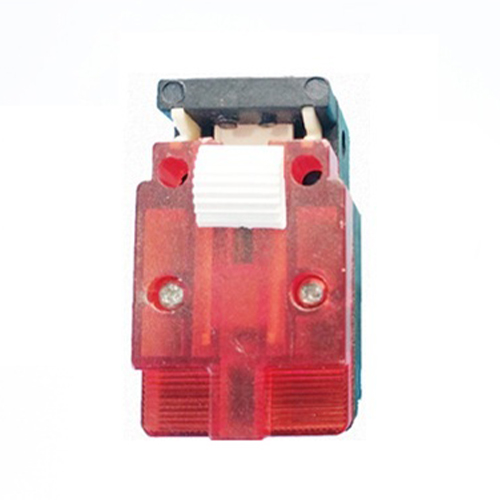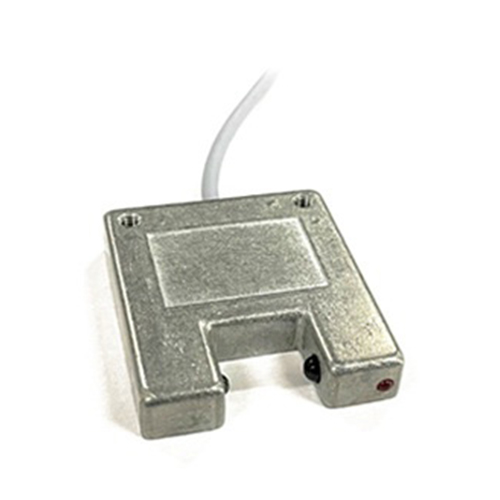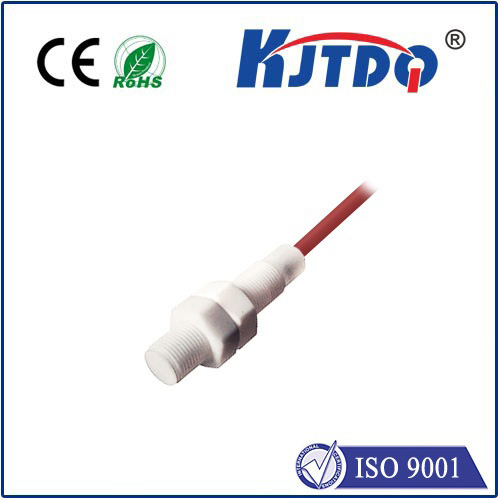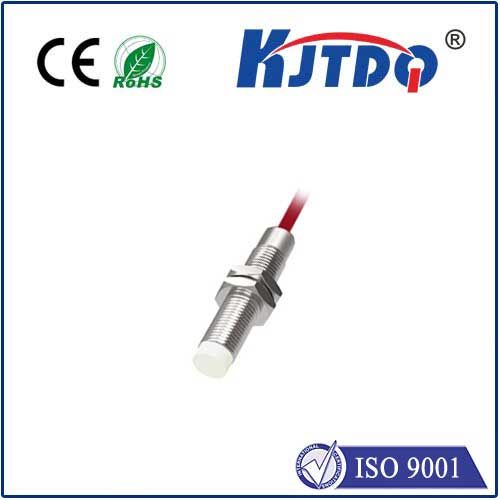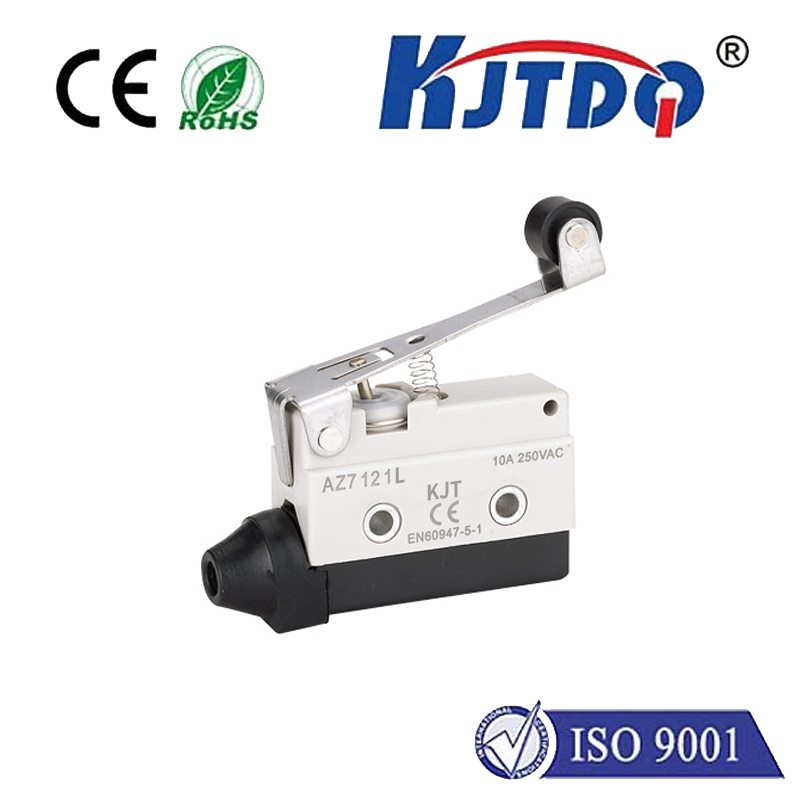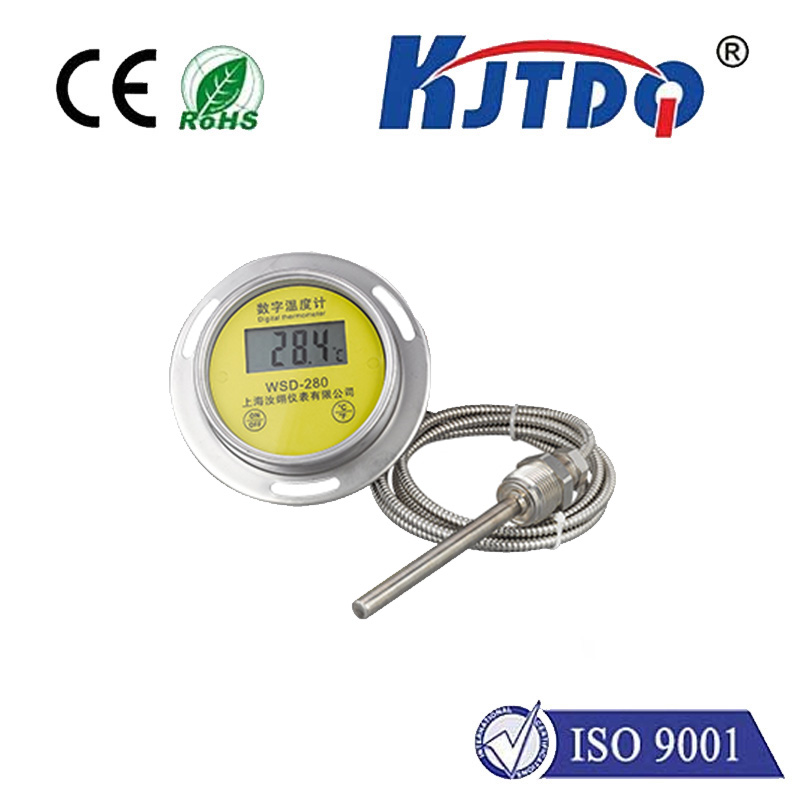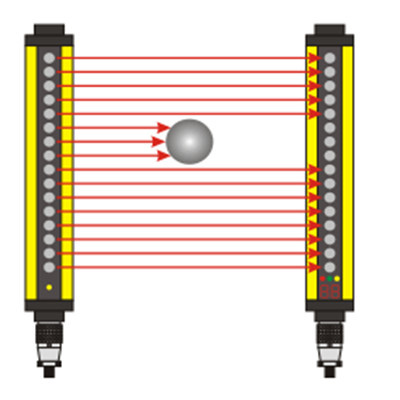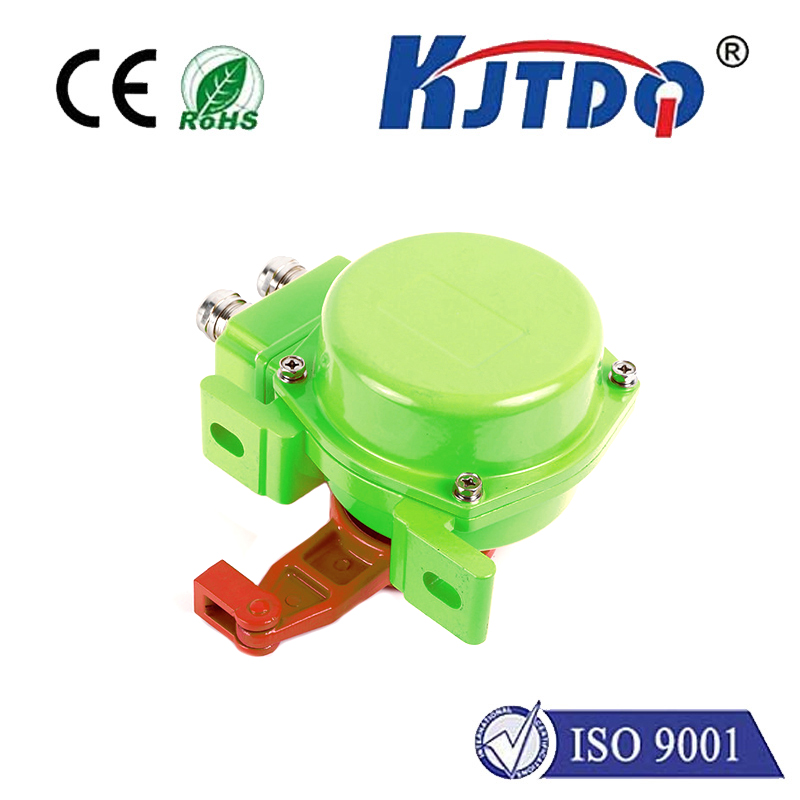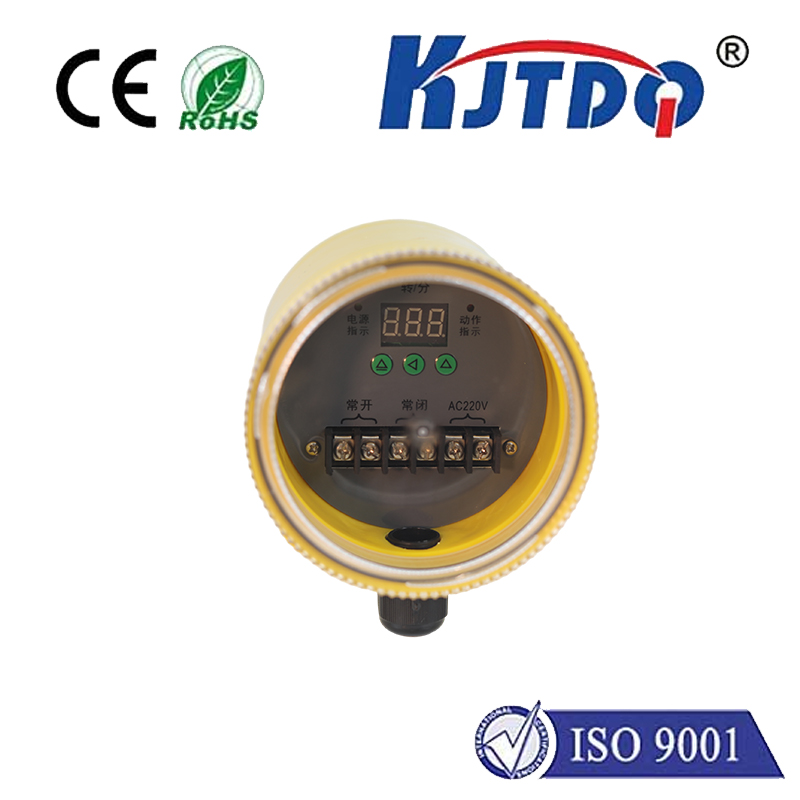

check

check

check

check
Imagine measuring the distance to the moon with millimeter accuracy, detecting microscopic defects on a speeding production line, or guiding surgery with delicate, non-invasive touch. These feats, once pure science fiction, are everyday realities powered by laser-based sensors. Leveraging the unique properties of light amplification by stimulated emission of radiation, these sophisticated instruments have become indispensable across countless industries, offering unparalleled precision, speed, and non-contact capabilities where traditional methods fall short.
Understanding the Laser Difference
At the heart of these sensors lies the laser beam itself. Unlike ordinary light, laser light is:
These properties are fundamental. Coherence allows for sophisticated techniques like interferometry, crucial for measuring minute displacements. Collimation enables long-range measurement and targeting. Monochromaticity permits highly selective detection, filtering out background light noise. When integrated into sensor design – often around a laser diode as the core emitter – these traits translate into distinct advantages: extreme accuracy, high resolution, rapid response times, and the critical ability to measure without physical contact, preventing damage to delicate targets or the sensor itself.
Diverse Types for Diverse Needs
The landscape of laser-based sensors is remarkably varied, each type optimized for specific challenges:

Laser Distance Sensors (LiDAR, Laser Triangulation, Time-of-Flight - ToF): Perhaps the most recognized category. LiDAR (Light Detection and Ranging) systems pulse lasers and measure the time taken for reflections to return, creating detailed 3D maps of environments. This is foundational for autonomous vehicles, environmental monitoring, and archaeology. Laser triangulation sensors project a spot onto a target; the reflected light’s position on a detector array shifts proportionally to the target’s distance, ideal for precise height or thickness measurement on production lines. Time-of-Flight (ToF) sensors, similar in principle to LiDAR but often for shorter ranges and simpler outputs, calculate distance based on the round-trip flight time of a modulated laser beam, widely used in robotics, logistics (pallet dimensioning), and gesture recognition.
Laser Displacement Sensors: A subset closely related to triangulation, these excel at measuring tiny variations in position, vibration, or thickness. Essential in manufacturing quality control, semiconductor inspection, and vibration analysis.
Laser Interferometers: Representing the pinnacle of precision measurement. They split a laser beam, send the parts down different paths (one a reference, one interacting with the target), and recombine them. The resulting interference pattern reveals changes in distance down to fractions of a wavelength. Vital for calibrating machine tools, aligning particle accelerators, and advanced scientific research.
Laser Profilers/Scanners: These rapidly sweep a laser line across a surface while a camera captures the deformation of the line. This instantly generates detailed 2D cross-sections or full 3D profiles of complex objects, crucial for reverse engineering, weld seam inspection, and body scanning.
Laser Photoelectric Sensors: Often used for object detection and presence sensing. The laser beam is precisely targeted; an object interrupting the beam (through-beam type) or reflecting it back (retro-reflective or diffuse reflective types) triggers the sensor. The focused beam allows reliable detection of small objects and operation over longer ranges than standard LEDs.
Ubiquitous Applications: Where Lasers Make the Difference
The influence of laser sensing technology permeates nearly every sector:
Advantages and Considerations
The dominance of laser-based sensors stems from compelling advantages:
However, choosing the right sensor demands consideration of environmental factors and limitations. Performance can be degraded by intense ambient light, atmospheric interference (like fog or dust for long-range systems), or highly reflective, transparent, or dark/absorbent target surfaces. Safety is also paramount – appropriate laser safety classes must be observed, sometimes requiring protective enclosures or eyewear, especially for higher-power lasers.
The Future Guided by Light
From the nano-scale world to vast geographical surveys, laser-based sensors are the silent partners enabling breakthroughs and optimizing operations. Their ability to deliver fast, accurate, and non-contact measurements continues to drive innovation. As laser technologies advance (becoming smaller, more efficient, and operating at new wavelengths) and processing power increases, we can expect these sensors to become even more sophisticated, affordable, and integrated into the fabric of our automated, data-driven world. Whether mapping the ocean floor, guiding a surgeon’s hand, or ensuring the perfect fit of a smartphone component, the focused power of light, harnessed through laser sensors, illuminates the path to greater precision and capability.
